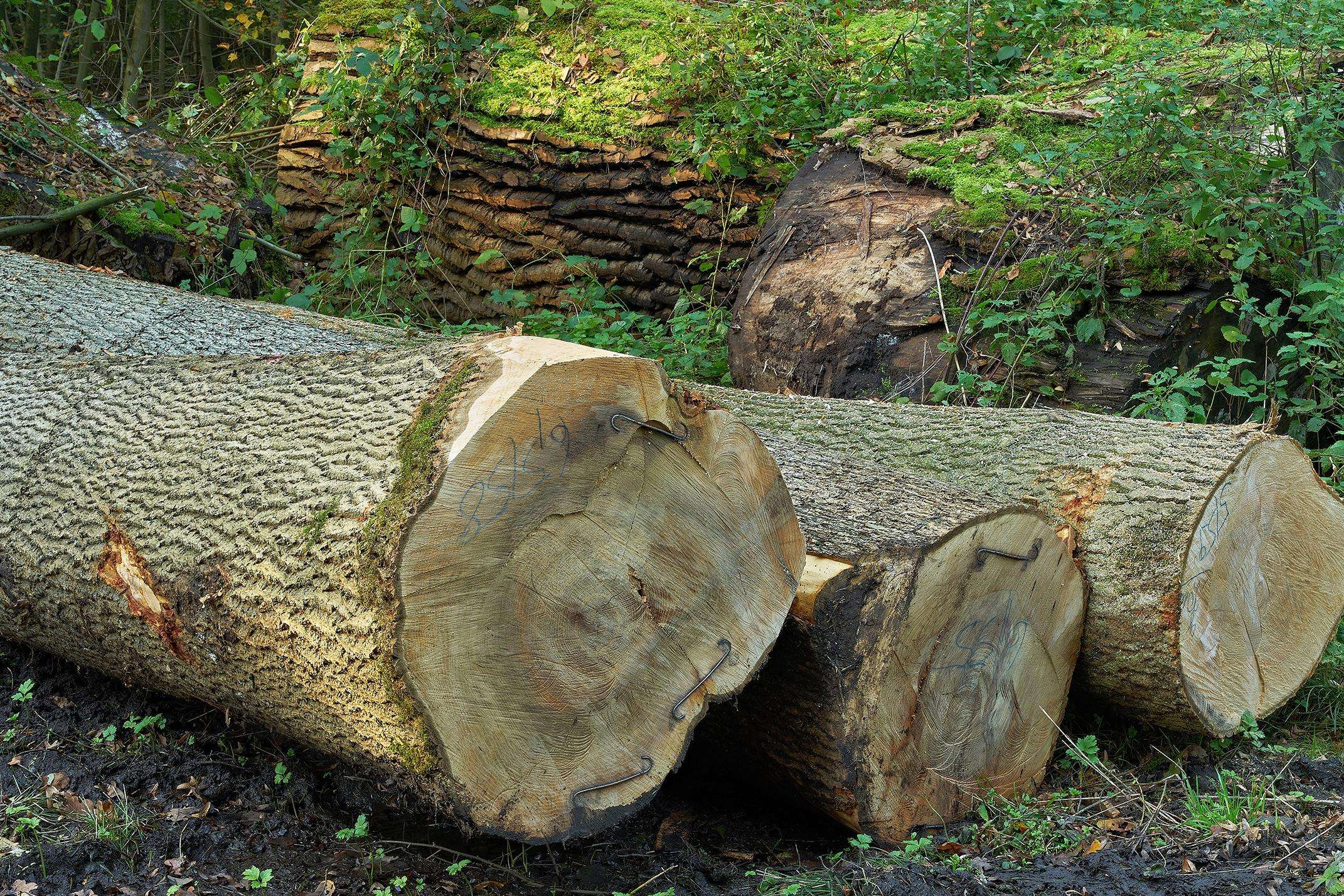On January 13, 2021, as part of its escalating actions to counter the importation of goods alleged to have been produced using forced labor, U.S. Customs and Border Protection (CBP) has issued a Withhold Release Order (WRO) against cotton products (including apparel and textiles) and tomato products (including tomato seeds, canned tomatoes, tomato sauce) produced in the Xinjiang region of China.
This is only the latest action in an aggressive campaign by CBP to interdict shipments said to have either been produced (or incorporate inputs) using forced labor. In July 2020, a multi-agency (State, Treasury, Commerce, Homeland Security) business advisory was issued addressing the risks associated with forced labor in Xinjiang. On December 2, 2020, CBP announced the issuance of a WRO on cotton and cotton products originating from the Xinjiang Production and Construction Corps (“XPCC”). This latest action represents the fourth WRO that CBP has issued thus far in its current fiscal year (which began in October). Thirteen WROs were issued by CBP fiscal 2020.
Recently, CBP has been aggressively detaining goods under the XPCC WRO. CBP’s focus has been the source of the raw cotton, an aspect of the supply chain which has not previously received a high degree of attention by the apparel and textile industry. In this regard, CBP has been detaining shipments and requiring exacting records including documents related to the employees that picked the cotton and transportation documents from cotton grower to yarn maker.
This latest wave of detentions has raised a number of issues:
- Time frames – there is an anomaly between the detention statute (which provides that goods are deemed excluded 30 days after being detained) and the CBP forced labor regulations (which allow an importer to submit proof of admissibility up to three months from the date of importation). CBP officials have informally advised that they will provide the importer the full three months to submit documentation before an exclusion is issued.
- Scope of Exclusions – Some exclusion notices have been precise as to which goods are being detained (e.g., description, entry line no., container no., etc.). Others have been vague (simply referring to the entry). In the latter situation, engagement with CBP is important to clarify the scope of the exclusion.
- Release of Non-Detained Cargo – Related to the above, CBP has been willing to allow the manipulation of shipments incorporating WRO scope and non-scope merchandise such that the non-scope merchandise may be released.
- “Cleared” Factories – Where a WRO covers alleged forced labor at the finished goods factory, documentation negating such allegation (e.g., audit reports) may be beneficial in addressing CBP’s concerns. However, when dealing with a WRO covering raw materials (such as the XPCC and newly-issued Xinjiang region-wide WROs), CBP’s view is that every shipment stands on its own. A garment factory, for example, receives fabrics from many sources which, in turn, incorporate yarns and raw cotton from many sources.
- Audit Trail – This is obviously the most important aspect of responding to a notice of detention. It is important to map out the supply chain, identify the role of each of the parties and provide a document trail beginning with the cotton growers (including employment and wage records) through to the yarn spinners and, ultimately, the finished goods manufacturers. In addition to material sourcing records, transportation documents associated with the materials should be obtained. The documentation (which will vary from country-to-country and supplier-to-supplier) must be translated and clearly reflect the details of the transaction such that it may be understandable to the CBP reviewing officer.
- Unique Issues Associated with Cotton Products – given the environment in which cotton may be traded and mixed before reaching the yarn spinner, traceability becomes all the more challenging. Companies will need to drill down further on the early stages of their supply chain. In addition, there have been suggestions that forensic testing may be an available tool to help identify the origin of cotton.
- Risk of CBP Redelivery Demands / Liquidated Damages Claims – That a shipment is released does not necessarily preclude Customs from further inquiry. The Customs regulations provide that, if CBP determines that released goods are not entitled to admission, it may demand their redelivery up to 30 days after the merchandise was released or 30 days after the end of the conditional release period (a fact-specific determination). A failure to comply with a lawful redelivery demand may result in a claim for liquidated damages (a form of Customs penalty).
As forced labor enforcement continues to escalate, it is essential that importers and manufacturers develop a comprehensive compliance program that allows for complete traceability of raw materials that includes validation of each source’s social compliance. This is a significant departure from past industry practice. Importers must be proactive in this area so as to avoid shipment rejections due to inadequate documentation. Our office is available to assist in developing a compliance program.
This is a situation that continues to evolve almost daily. Our office has been regularly engaged with CBP on these issues. Please do not hesitate to contact us to discuss these developments and how we may assist your company in confronting them.




